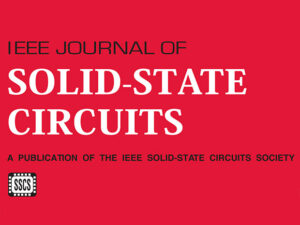

The navigation system functions like a transponder for autonomous rendezvous and docking, and estimates the range information. The high-speed communications system down-links science data acquired by Earth-observing instruments. In Glenn's novel MPM, the radar functions as a scatterometer, radiometer, and synthetic aperture imager. The high-power stage, configured to pick up the signal from the second amplifier, is a high-efficiency GaN HEMT-based MMIC distributed amplifier, which supplants the traveling-wave tube amplifier found in most microwave power modules. This stage can be either another high-efficiency GaAs pHEMT or a gallium nitride (GaN) HEMT-based MMIC distributed amplifier, depending on the need. The medium-power stage is configured to pick up and amplify the low-power signal. The low-power stage is a high-efficiency gallium arsenide (GaAs) pseudomorphic high-electron-mobility transistor (pHEMT)-based monolithic microwave integrated circuit (MMIC) distributed amplifier. By contrast, Glenn's design features a wideband multi-stage distributed amplifier system. In standard configurations, conventional MPMs require both a solid-state amplifier at the front end and a microwave vacuum electronics amplifier at the back end.

Typically, microwave power modules (MPMs) are useful only for radar and navigation purposes because they lack the linearity and efficiency required for communications. Finally, Glenn's design allows the module to operate in both pulsed and continuous wave modes, so it can singlehandedly drive exceptional performance for radar, navigation, and communications. The performance of this MPM is exceptional, with much higher cut-off frequency and maximum frequency of oscillation than metal-semiconductor-field-effect-transistors offer, and the distributed amplifier's wide bandwidth also results in much faster pulse rise times. Already more compact and lightweight than conventional designs, Glenn's patented technique offers further size reduction by eliminating the need for either a traveling-wave tube amplifier or its accompanying kV-class electronic power conditioner. This MPM is extremely durable and can last a decade or longer. This high-efficiency, all-solid-state microwave power module (MPM) is based on a multi-stage distributed-amplifier design, which is capable of very wideband operation.

Innovators at NASA's Glenn Research Center have developed a microwave power module to power radar, communications, and/or navigation interchangeably.


 0 kommentar(er)
0 kommentar(er)
